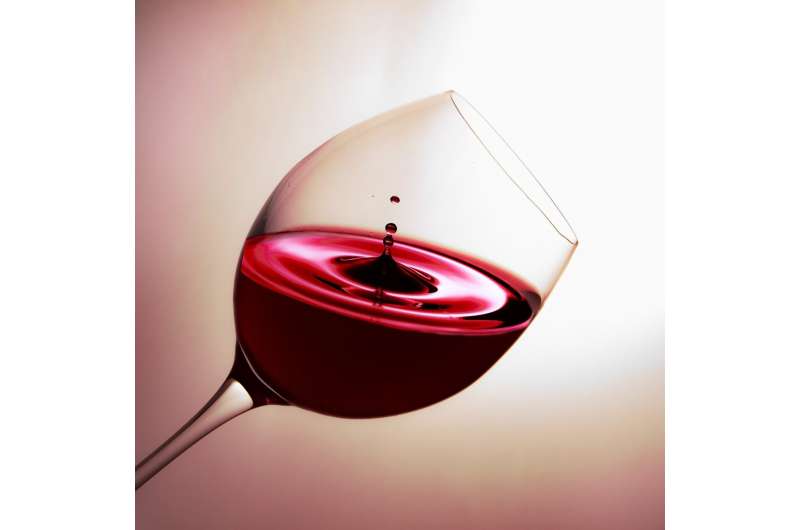This article has been reviewed according to Science X's editorial process and policies. Editors have highlighted the following attributes while ensuring the content's credibility:
fact-checked
trusted source
proofread
An unconventional yeast increases the quality of carbonic maceration wine, rosé wine and orange wine

Carbonic maceration wines are increasingly in demand on the market. They are young red wines in which floral and fresh fruit aromas predominate and they must be consumed within the first year. The best-known example is Beaujolais nouveau in France, but there is also a tradition in La Rioja and Catalonia, especially in the Montsant area and the Conca de Barberà.
Research by the University of Rovira i Virgili has found that the quality of these wines can be increased by using an unconventional yeast that considerably improves their organoleptic properties and speeds up the malolactic fermentation process. This effect has also been found in orange and rosé wines. The paper is published in the journal Fermentation.
Carbonic maceration is a wine-making technique that consists of three phases. In the first, whole grapes are placed in vats full of carbon dioxide to create an oxygen-free atmosphere that leads to alcoholic fermentation inside the grains. When this fermentation takes place, many odors are released and the resulting wines have very fruity aromas, of banana and red fruits.
After a few days, in the second phase, the macerated grains are pressed to complete the alcoholic fermentation. And in the third and last phase, malolactic fermentation is induced by the lactic acid bacteria in the wine.
For the first time, a research team from the URV's Biochemistry and Biotechnology Department has studied the effects of the Torulaspora delbrueckii yeast on carbonic maceration wines, rosé wines and orange wines.
"Previous research had focused largely on traditional wines, white and red, and we have studied other less common vinifications. In addition, we have studied not only alcoholic fermentation but the whole process, from start to finish," explains Candela Ruiz de Villa, the principal researcher of the project.
During the study, they inoculated strains of the yeast and observed what effect they had on the organoleptic characteristics and the process of malolactic fermentation, which occurs after alcoholic fermentation, reduces acidity and adds complexity, smoothness and stability.
The wines resulting from this process of inoculating Torulaspora delbrueckii in the first phase have been quite striking. "The carbonic maceration wines inoculated with this yeast had a much more intense color than those inoculated with spontaneous yeasts, because the anthocyanins, the compounds that give color to red wine, were conserved," said Candela Ruiz de Villa.
The researchers also observed an increase in some aroma families such as banana, which is the main one in these wines.
This improvement in the organoleptic characteristics of the wine was not the only finding. The research team also observed that this yeast also shortened the total time of the vinification process because it favors malolactic fermentation.
The results of the study are important, as they show that including this yeast in the carbonic maceration process can be a new way of increasing the quality of wines, enriching their aromatic profile and improving their organoleptic characteristics.
"This maceration process can produce high quality wines and gives wine producers a potential tool for differentiating their products in a highly competitive market," explains Nicolas Rozès, a researcher who has also taken part in the study. The results have also proved to be valid for rosé and sparkling wines.
The research was tested semi-industrially in 10-liter tanks and the following year it was used in volumes of 1,000 liters at Mas dels Frares, the URV's experimental farm. The results were the same as those obtained in the laboratory.
"The yeast is already on on the market. Now that producers have information they didn't have before, they can apply it immediately," concludes Cristina Reguant, a researcher who has also taken part in the project.
More information: Candela Ruiz-de-Villa et al, Torulaspora delbrueckii Improves Organoleptic Properties and Promotes Malolactic Fermentation in Carbonic Maceration Wines, Fermentation (2023). DOI: 10.3390/fermentation9121021
Provided by University of Rovira i Virgili


















